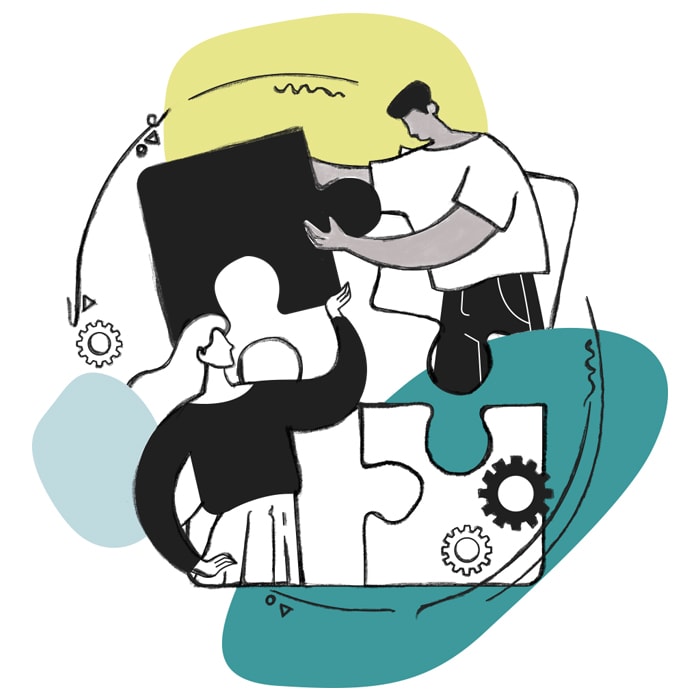View our services
-
Supply Chain and Network Operations
Deloitte Supply Chain and Network Operations Services can help companies unlock efficiencies and value with transformative solutions and experiences.
-
Digital Supply Chain Strategy - Digital Supply Networks
Digital Supply Networks: Turn your supply chain into a connected “always on” resource for informed decision making.
-
Sourcing and Procurement
Deloitte’s Sourcing and Procurement practice is differentiated by an executable mindset, strategy capabilities, and an emphasis on the executable.
-
Product Development
We help product development organizations combine process and organizational improvements with the implementation of product life cycle management systems.
-
Connected Device Engineering Services
Accelerate the ideation, design, prototype, and launch of your connected devices with Deloitte Connected Device Engineering Services.



